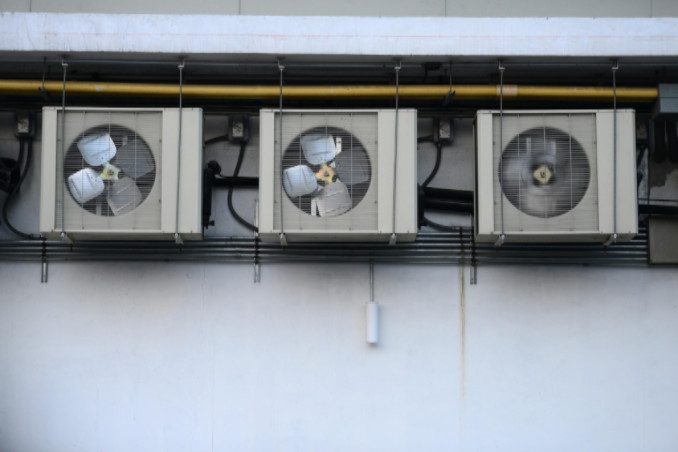Many older homes come with a load of history and charm. No one can argue that.
They also, unfortunately, sometimes come with a variety of significant problems. HVAC (heating, ventilation and air conditioning) issues are not at all uncommon in older residential and commercial properties.
If you live in a home that’s on the older side, you may encounter one of these several common HVAC concerns:
Poor Air Quality
Good air quality is essential for your health and well-being. Air quality can be an issue for those who reside in older buildings because outdoor air can often easily make its way inside. Decades ago, construction rules were much more relaxed than they are today. Because of that, older homes tend to have doors and windows that are markedly less efficient than their more modern counterparts.
The presence of outside air can be problematic in a handful of other ways too. For starters, it can introduce humidity and a host of pollutants. Excessive humidity can also cause your air conditioning to overexert itself, which leads to spikes in your energy bills.
Pollutants and allergens are an even bigger risk. If you breathe these substances in every day, they can result in major health troubles such as respiratory infections, headaches and congestion.
Inadequate Insulation
Inadequate insulation is another problem that’s commonly associated with older homes. Older residences generally have substandard attic and wall insulation. Inadequate insulation can be bad news for a numerous reasons, one of which is an inability to maintain cool air in times of severe heat. It also won’t be able to maintain warm air in times of excessive cold. Residents of older homes often must deal with uncomfortable summer and winter months.
Inconsistent Heating and Cooling
Inconsistent heating and cooling can be a big problem for those who live in older homes. If you live in an older home, you may notice that your second floor is always unpleasantly hot in the summertime. You may notice that your first floor is too cold in the wintertime as well.
Thermostats in older homes are typically on the first floor and they turn off when the first level reaches the desired temperature – regardless of how hot or how cold it is on the second floor or basement. Your thermostat will do what it wants when it finally attains a specific temperature.
Higher Maintenance Requirements
Old HVAC systems typically have higher maintenance requirements than newer ones. These maintenance needs can sometimes be serious hassles for residents. If you live in an old home, you may have to stay on top of frequent maintenance assessments. You may have to schedule repair service often as well.
For example, if you notice odd smells or sounds coming from your HVAC system, you may to invest in complex and expensive repair work to keep it running. Letting these symptoms go unresolved may give you no choice but to invest a lot of precious time and money down the road.
Costly Monthly Utility Bills
Older HVAC systems aren’t just a problem in the discomfort department. They can also be a big problem in the finance department. That’s because less efficient heating and cooling units can cause monthly energy bills to shoot are sky-high.
If you own an older home, you should prioritize improving your insulation. This effort will pay off in the end. Better insulation may open you up to utility bills that are 20 percent lower than they were before. That type of savings is no joke.
Here are 5 other ideas for upgrading your home’s HVAC and saving money.
Seek Professional Assistance
Residents of older homes don’t have to resign themselves to a lifetime of constant HVAC woes. There are numerous affordable ways to take action that go beyond just strengthening insulation. Routine HVAC maintenance sessions, for instance, can do wonders for people who live in old residences. A trained HVAC technician can help you maintain a comfortable home all year long.

